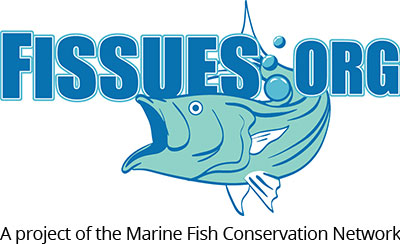November 22, 2017 — MARRAKECH, Morocco — Countries fishing the eastern Atlantic and the Mediterranean agreed Tuesday to expand the annual quota for prized bluefin tuna to reflect an improvement in their stocks. Environmentalists insisted the increase was excessive.
The 50-nation International Commission for the Conservation of Atlantic Tunas agreed to increase the quota from 24,000 tons this year to 28,000 next year, with a further 4,000 tons added in each of the following two years.
The decision means the quota has more than doubled from five years ago, when once depleted stocks of bluefin tuna first started showing the potential of a recovery.
Read the full story from the Associated Press at the Boston Globe

